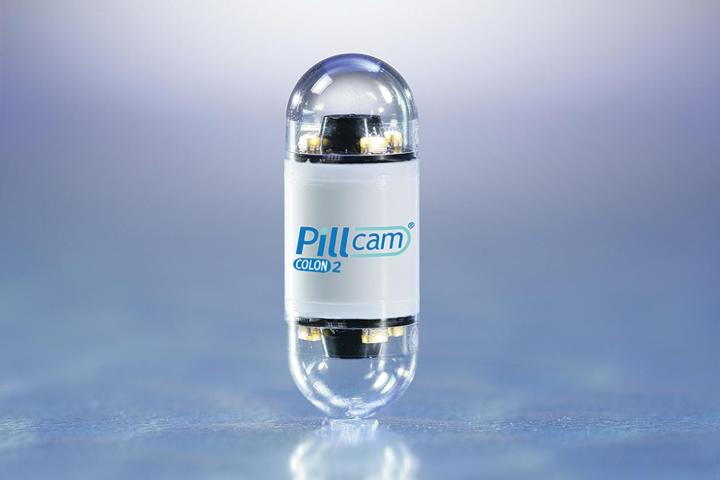
Thanks to the miracles of modern technology, you can now get your colon checked without ever taking your trousers off. Just last week, the FDA granted its seal of approval to PillCam Colon, a tiny pill-sized camera designed to help doctors spot polyps and other early signs of colon cancer.
Instead of going in through your out door like traditional colonoscopy equipment, you just swallow PillCam Colon like any other pill. Once it’s down the hatch, the device begins to snap high-speed photos of your digestive system, and then wirelessly beams them to a storage device you wear on your waist. After the pill has made it’s way through your guts (usually about eight hours) and picked up all kinds of glamour shots of your intestines, your doctor just hooks up the receiver box to a computer to check out the resulting video.

It’s also worth noting that at just $500, PillCam Colon is significantly more affordable than the roughly $4,000 rate for a colonoscopy, which makes it accessible for people with lower incomes. That being said, however, company studies did find that images taken by the mini-camera were not quite as clear as those from the in-office procedure, and that PillCam Colon should ideally be used in conjunction with traditional colonoscopy procedures, not as a full-on replacement.
Check out the video below to see the camera in action – but be warned, it’s kinda gross, and possibly NSFW. I’d imagine this is what the inside of a sarlaac pit looks like.




